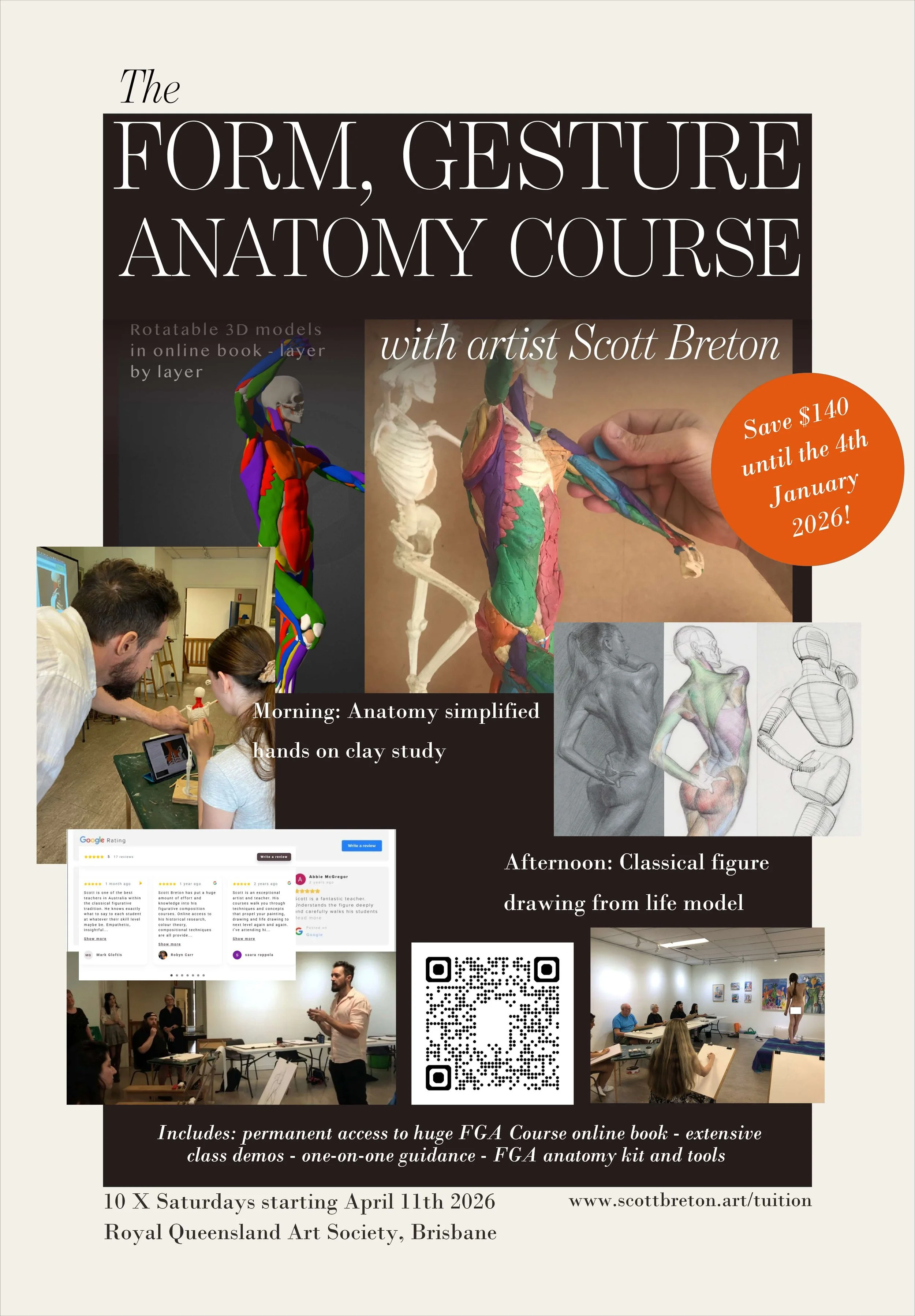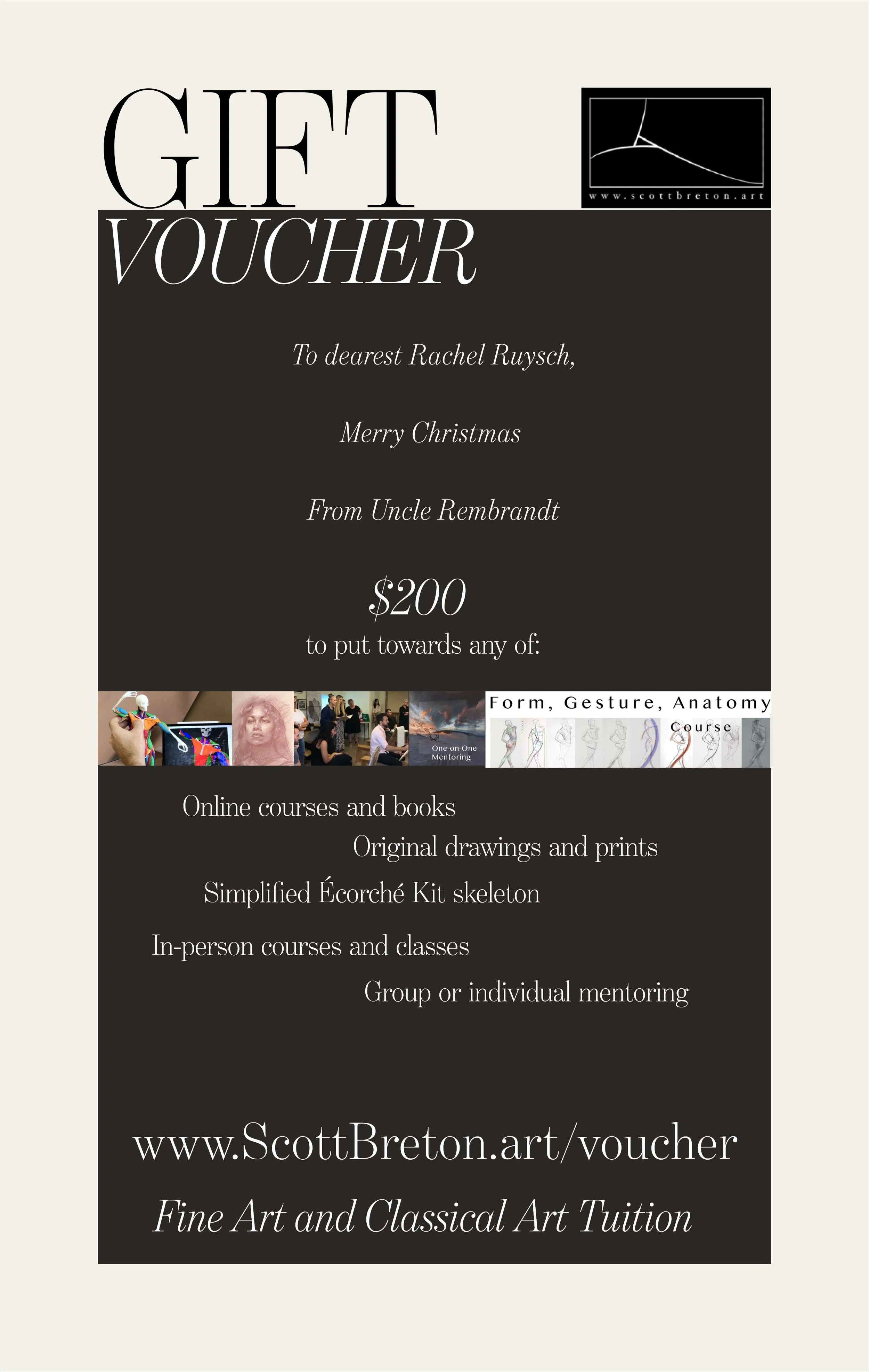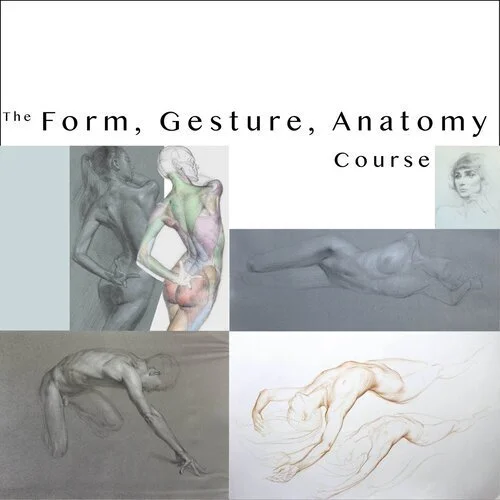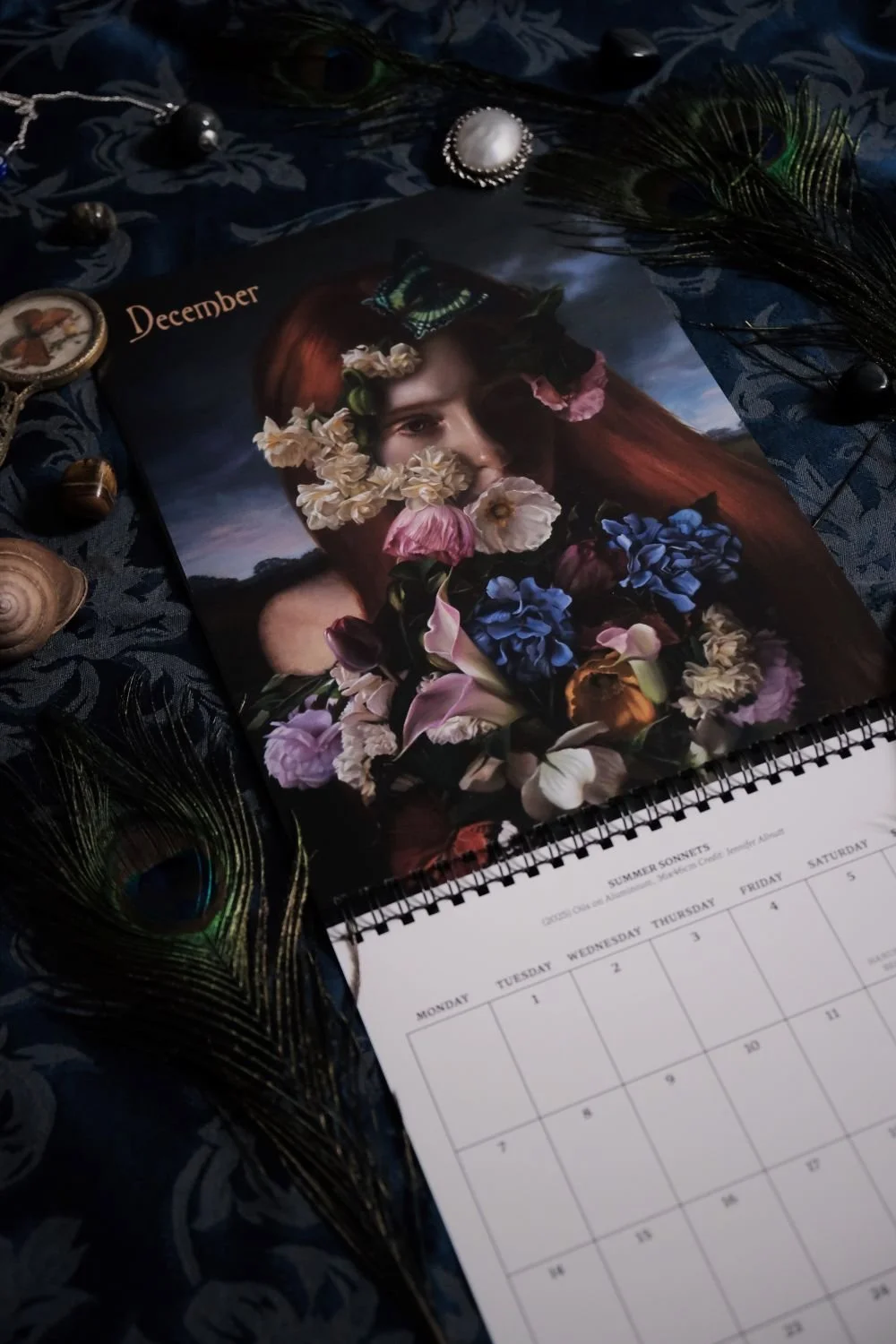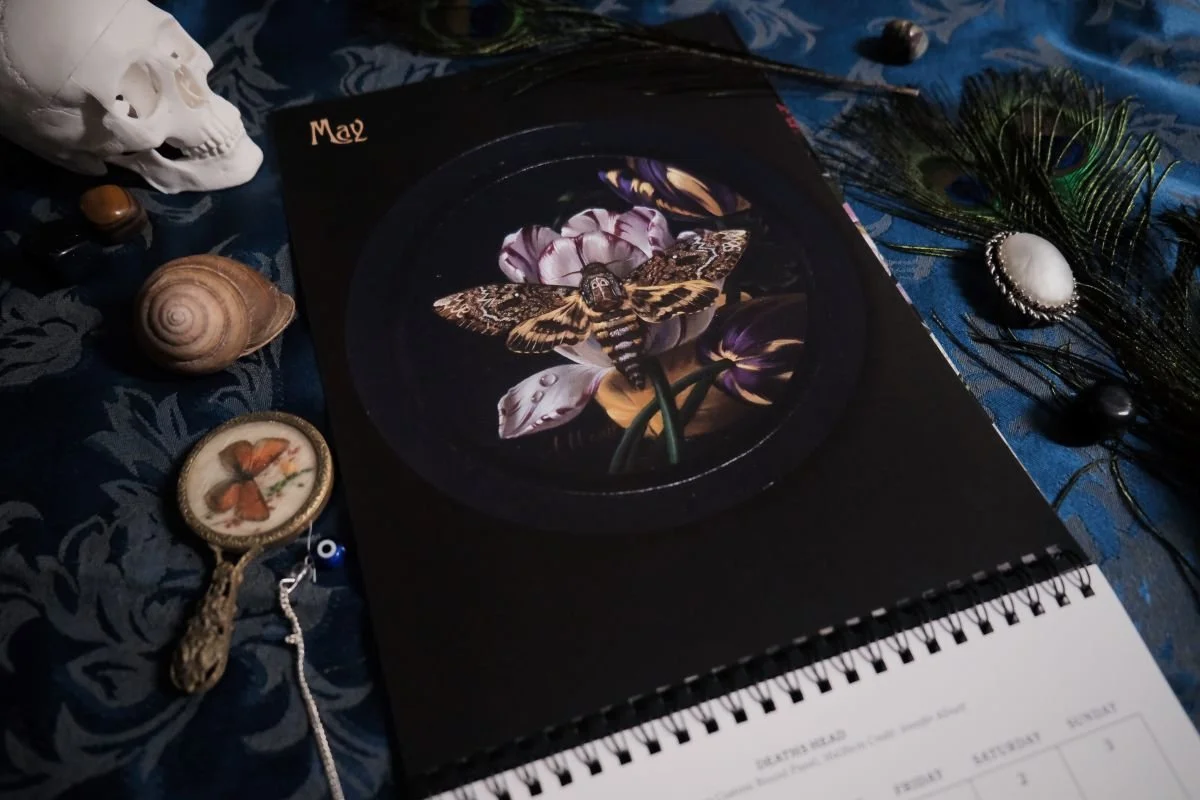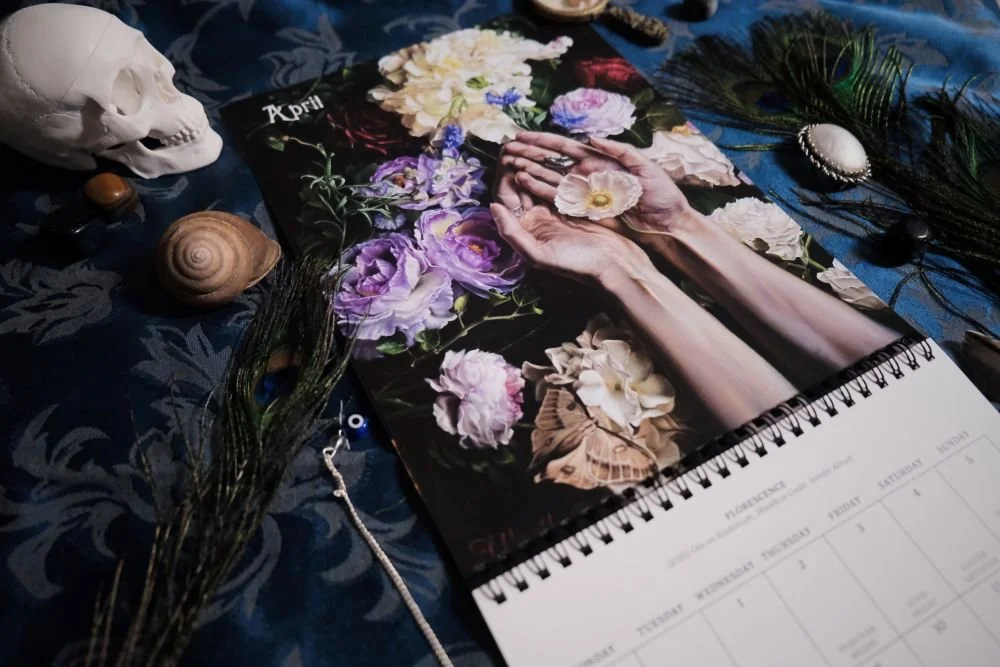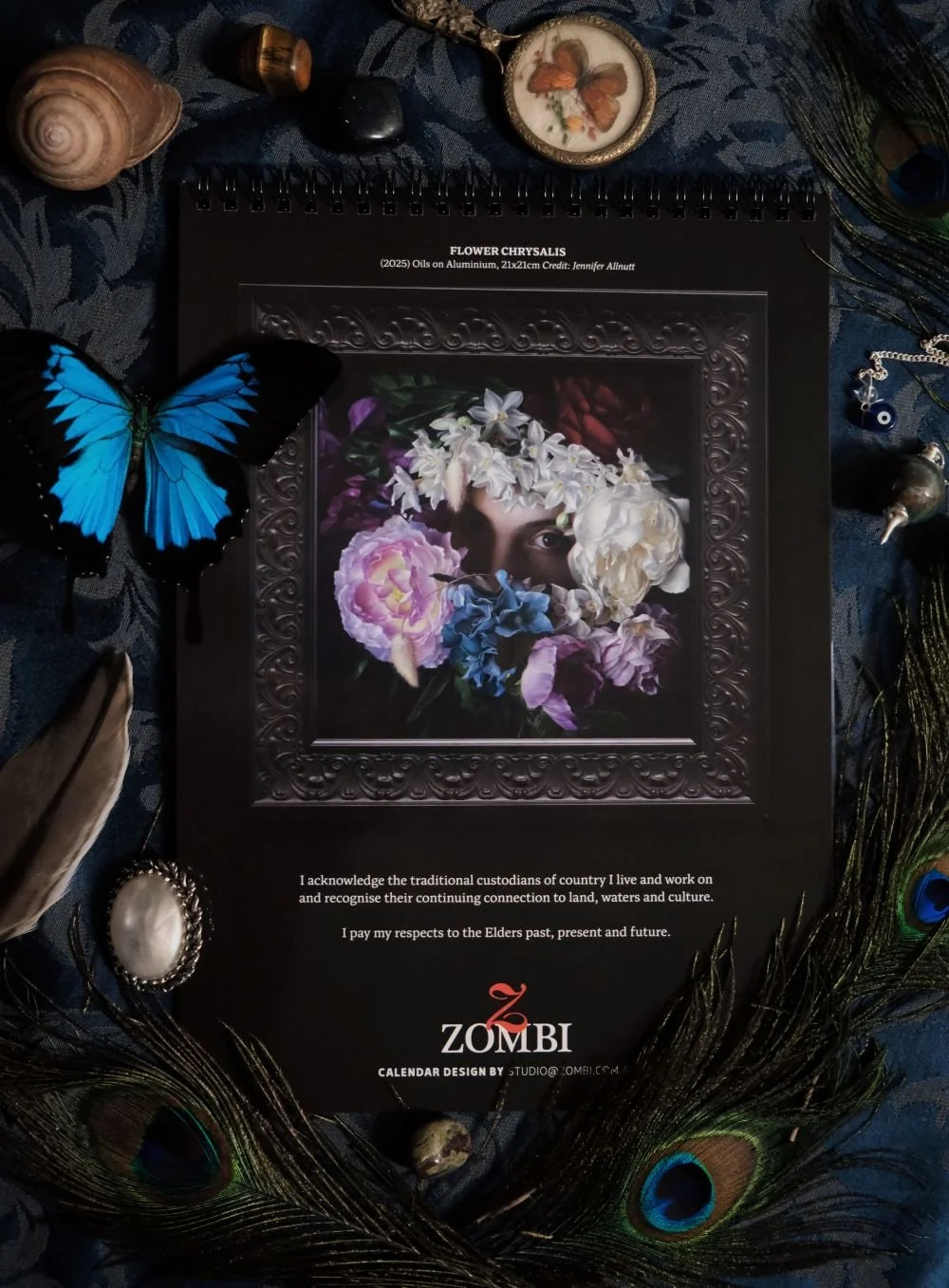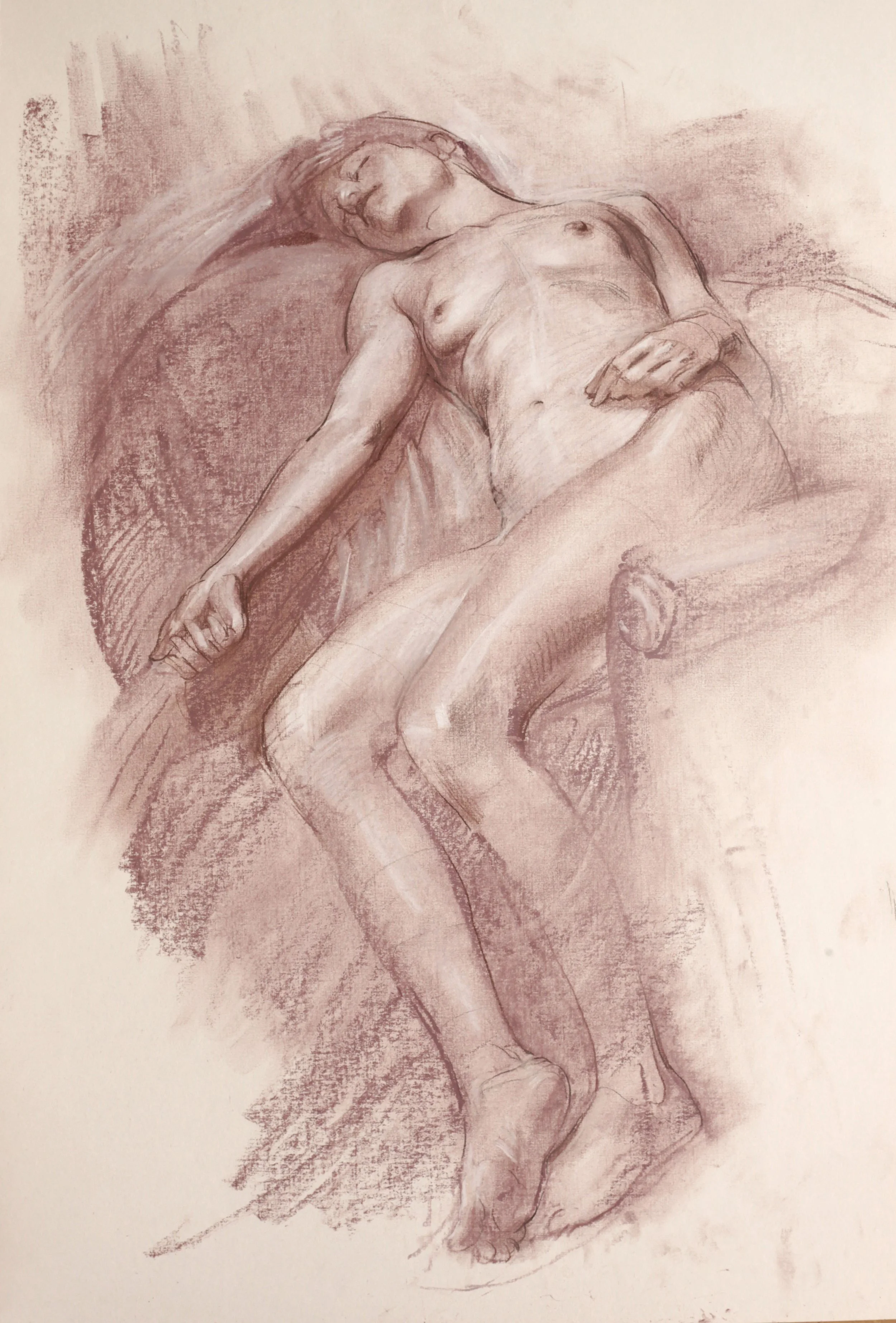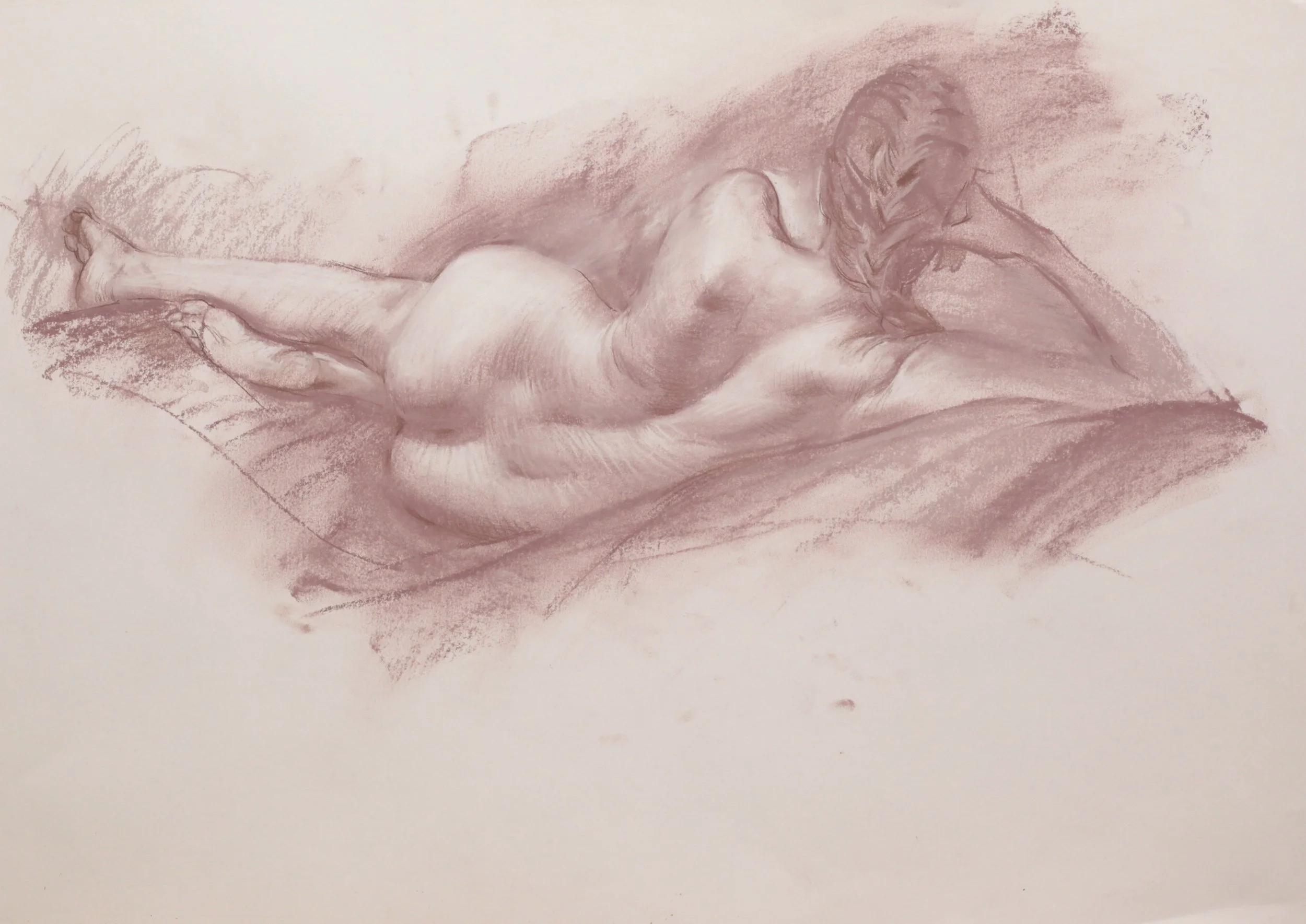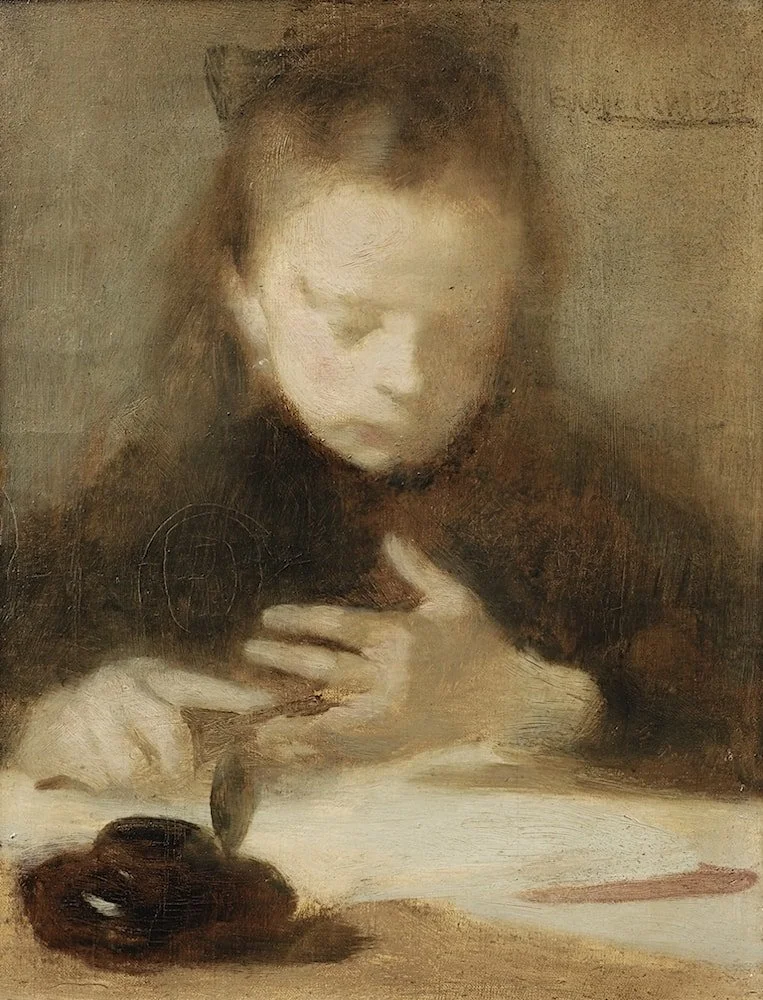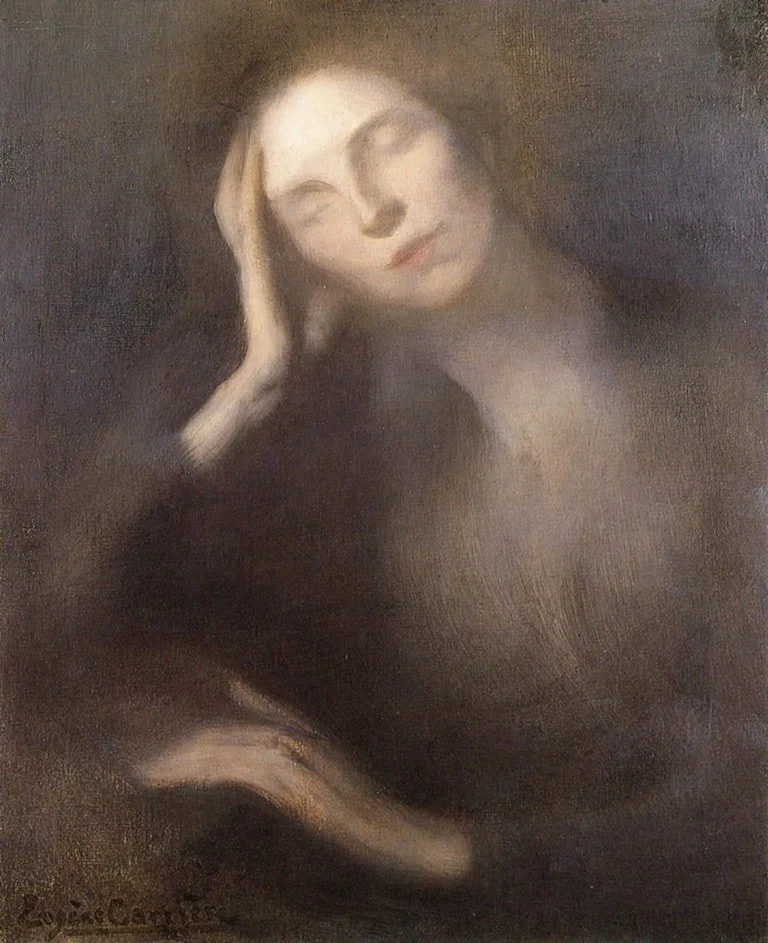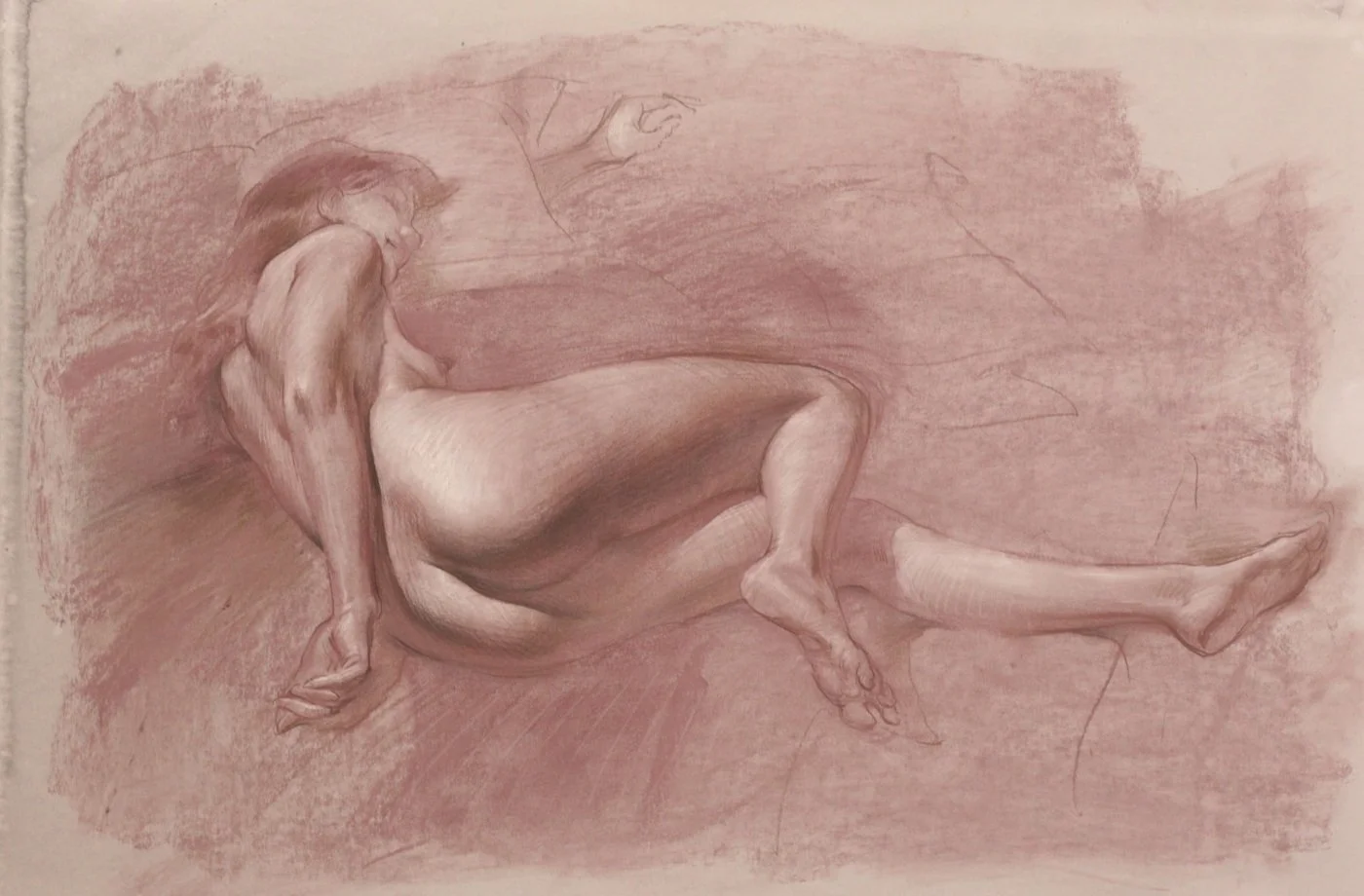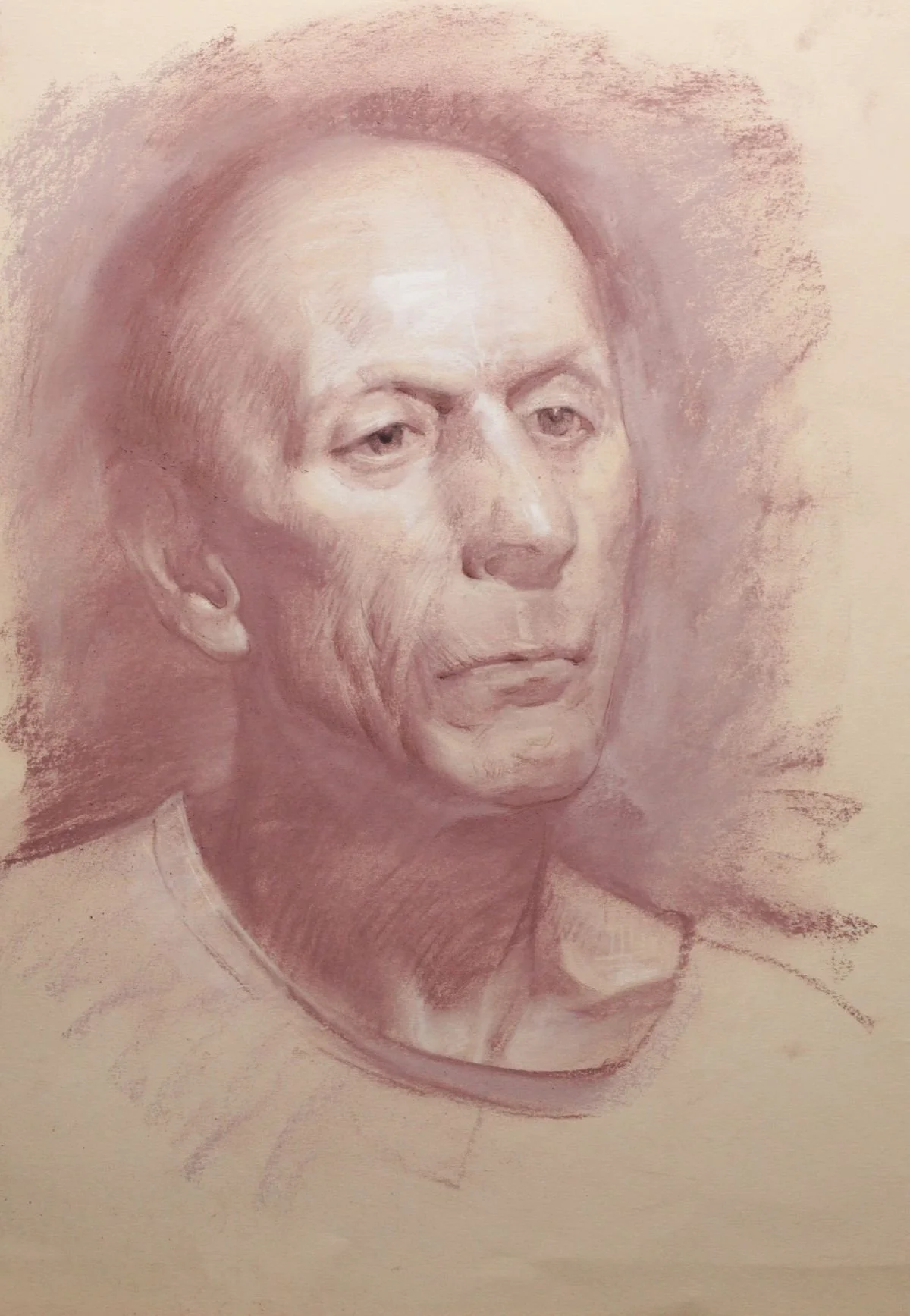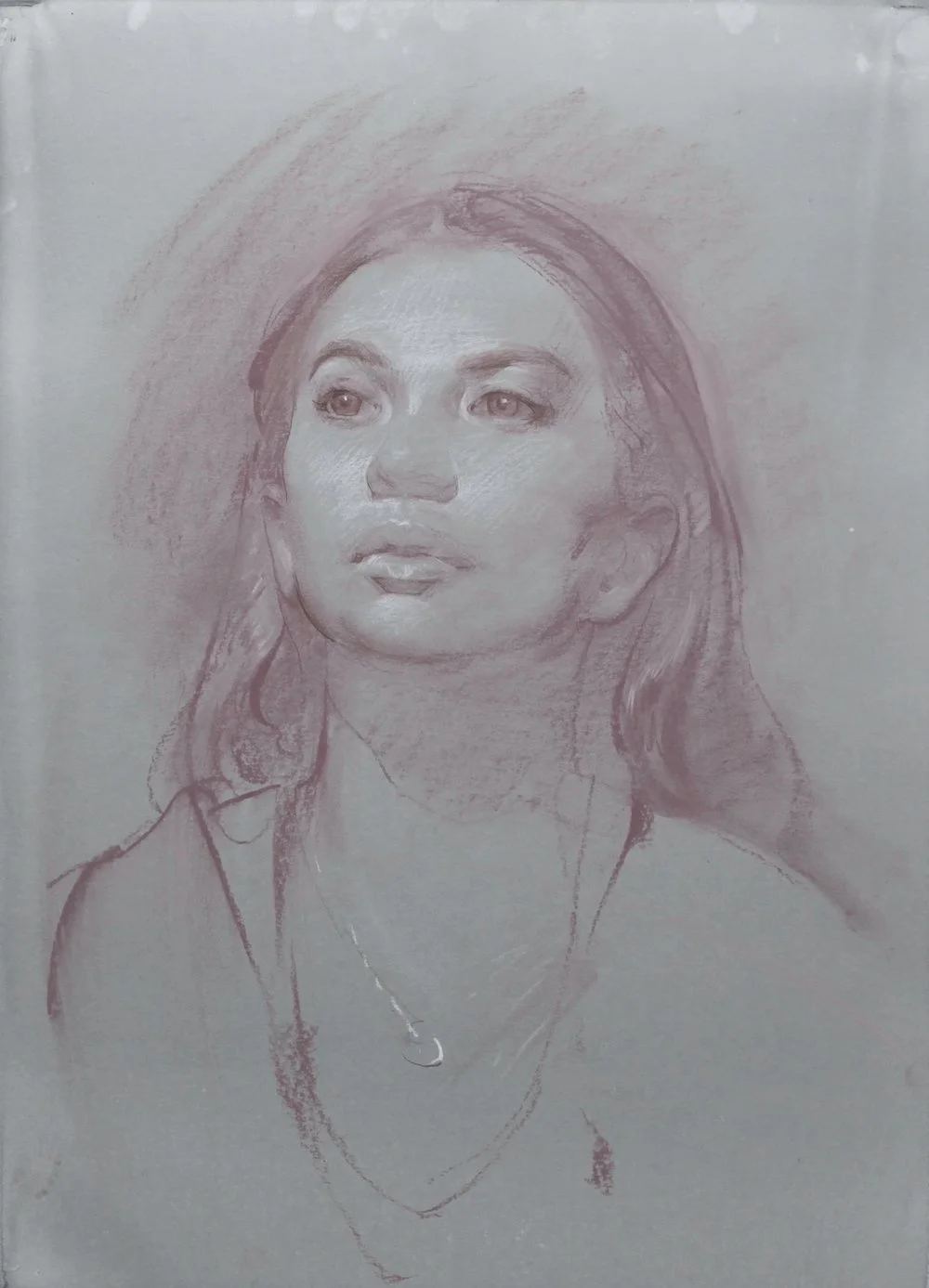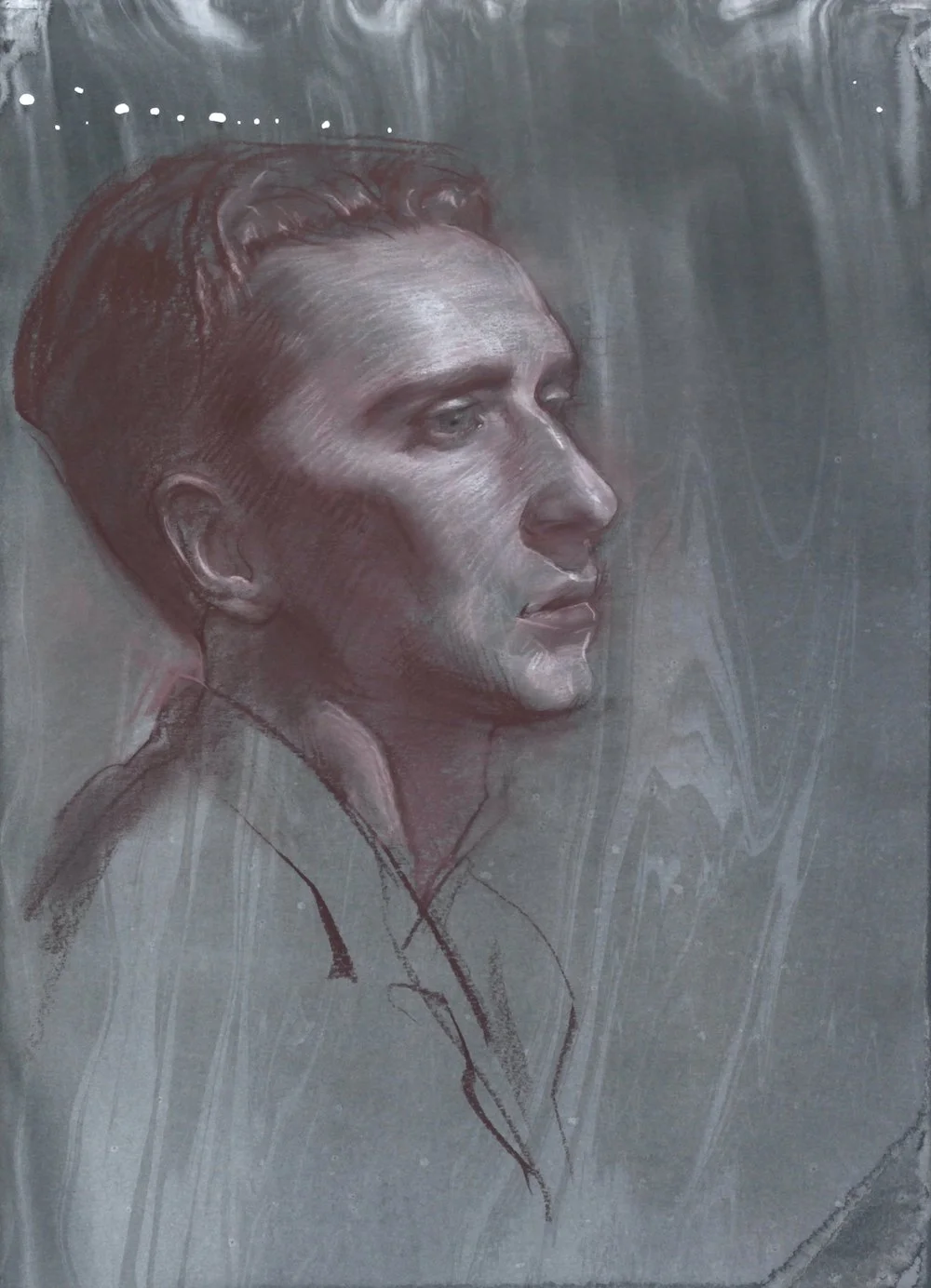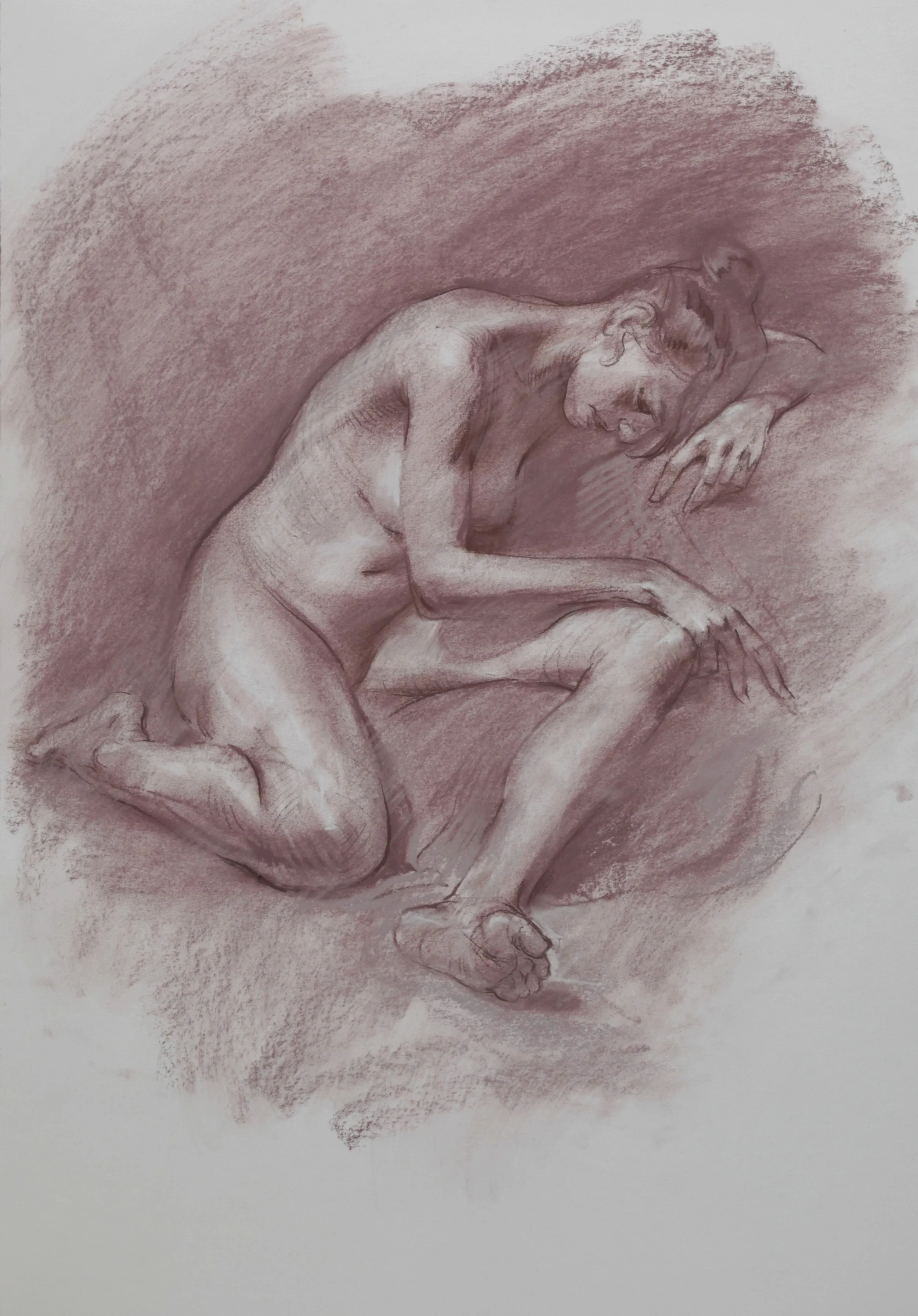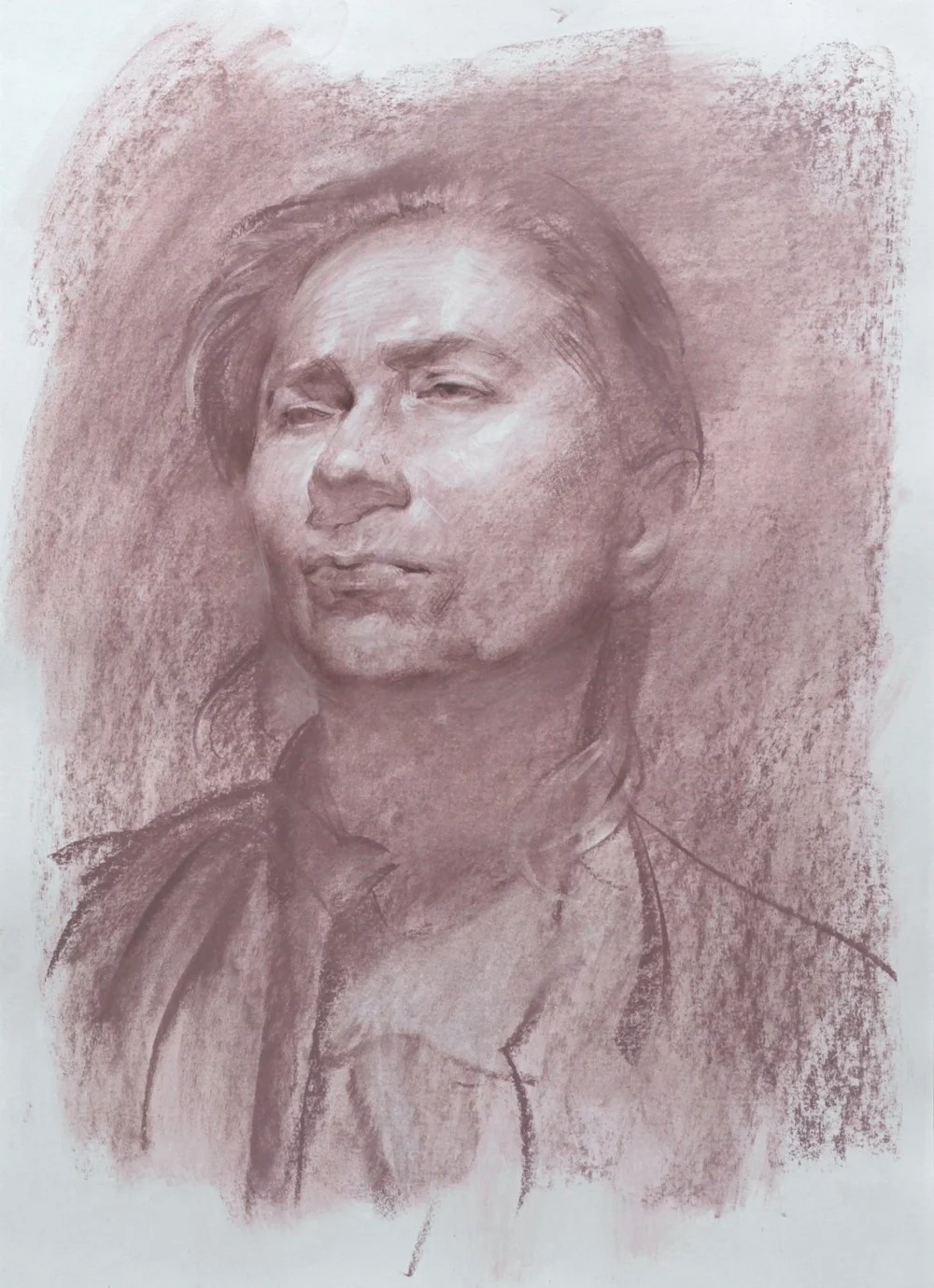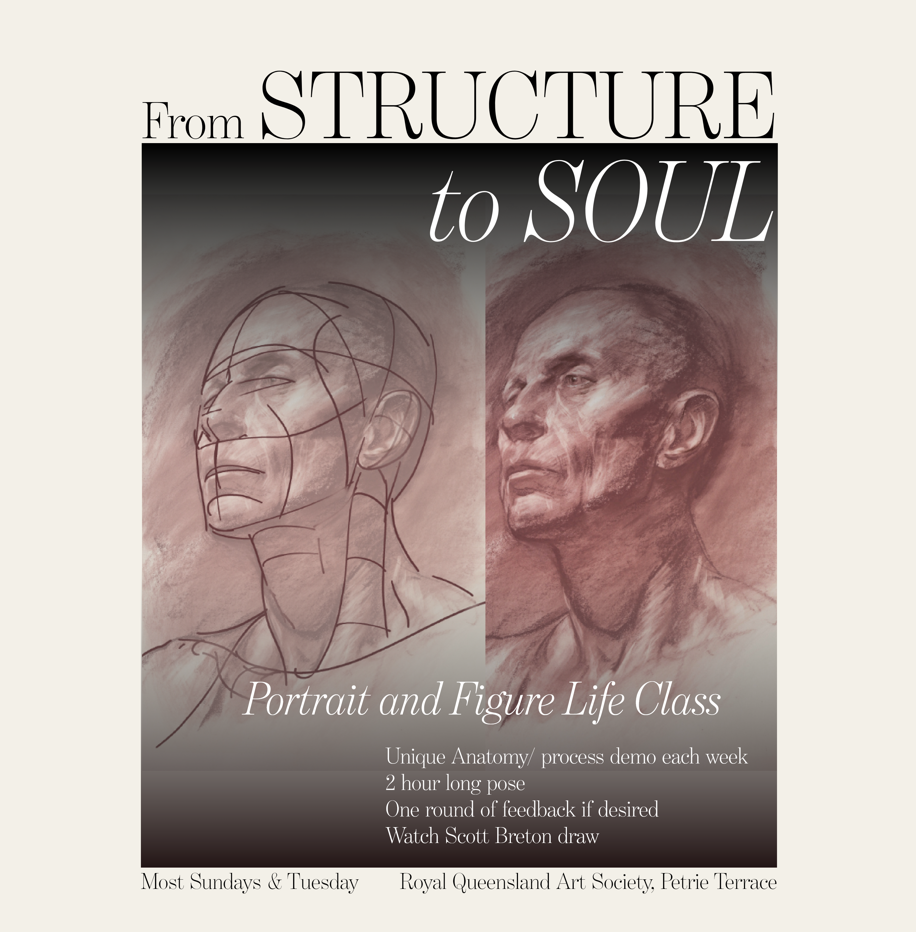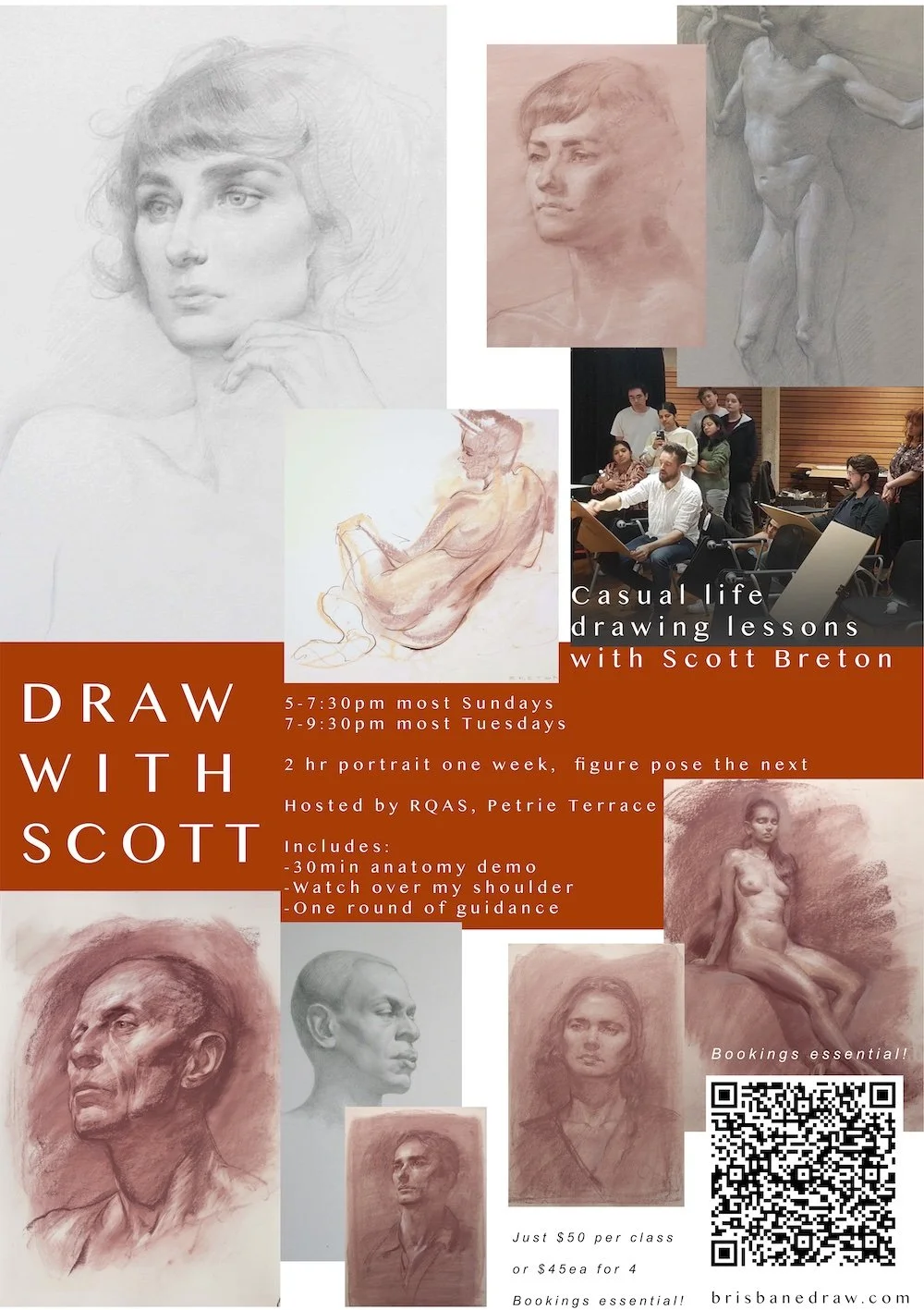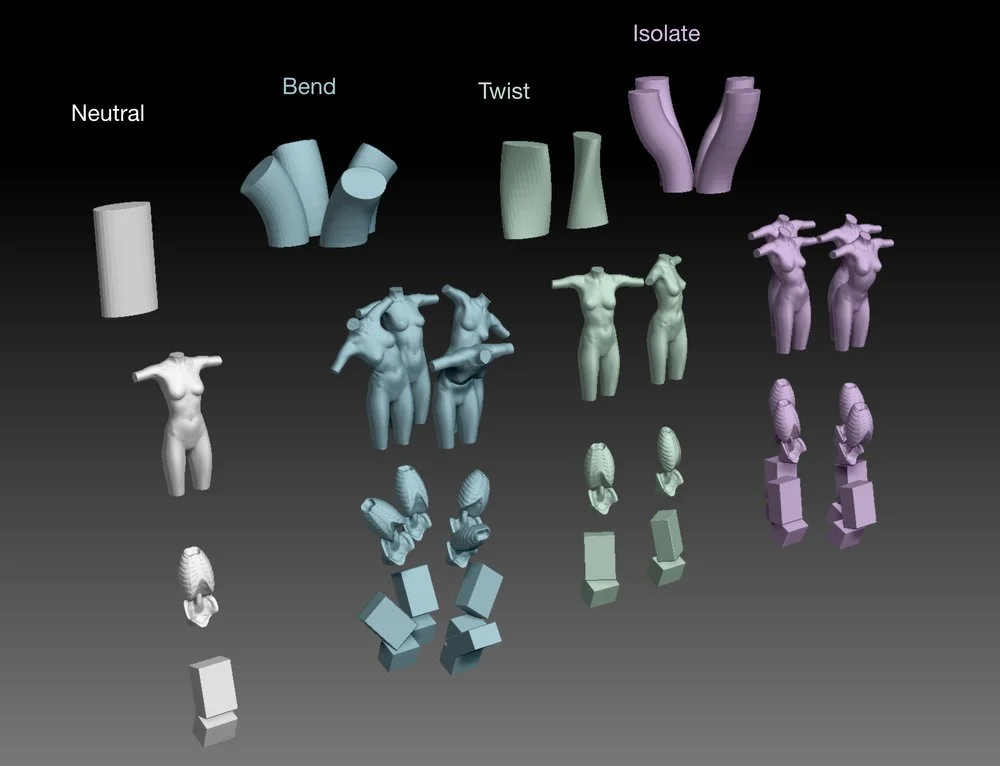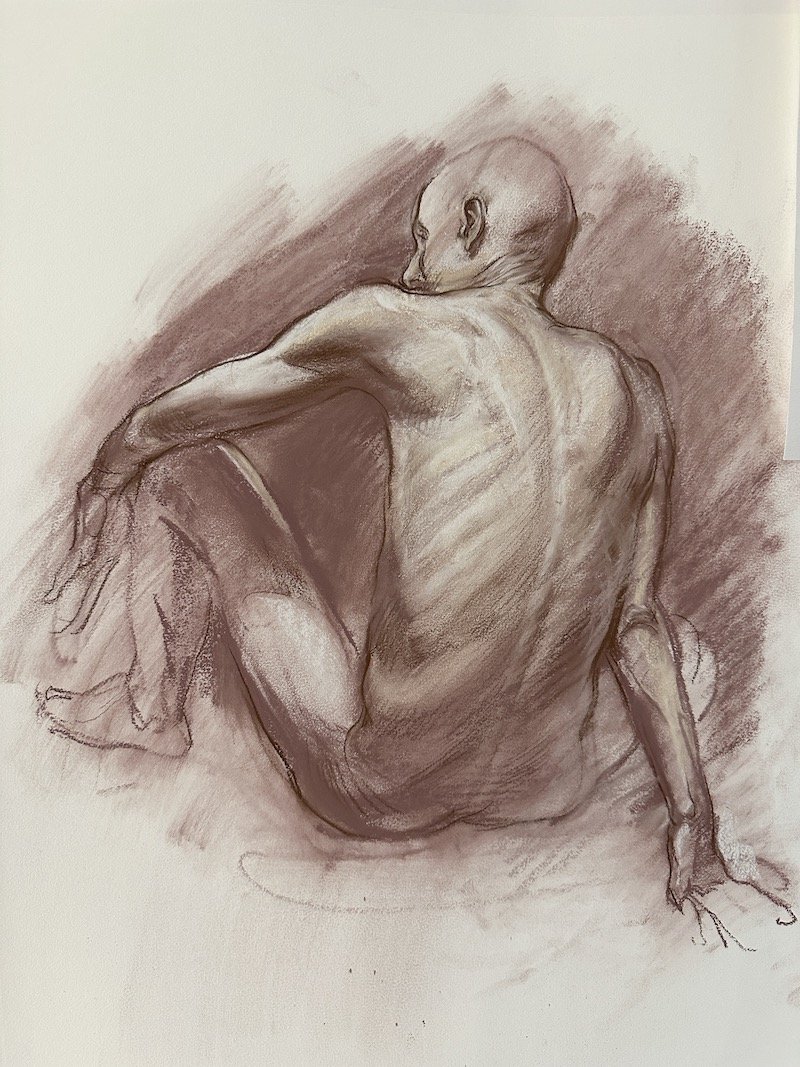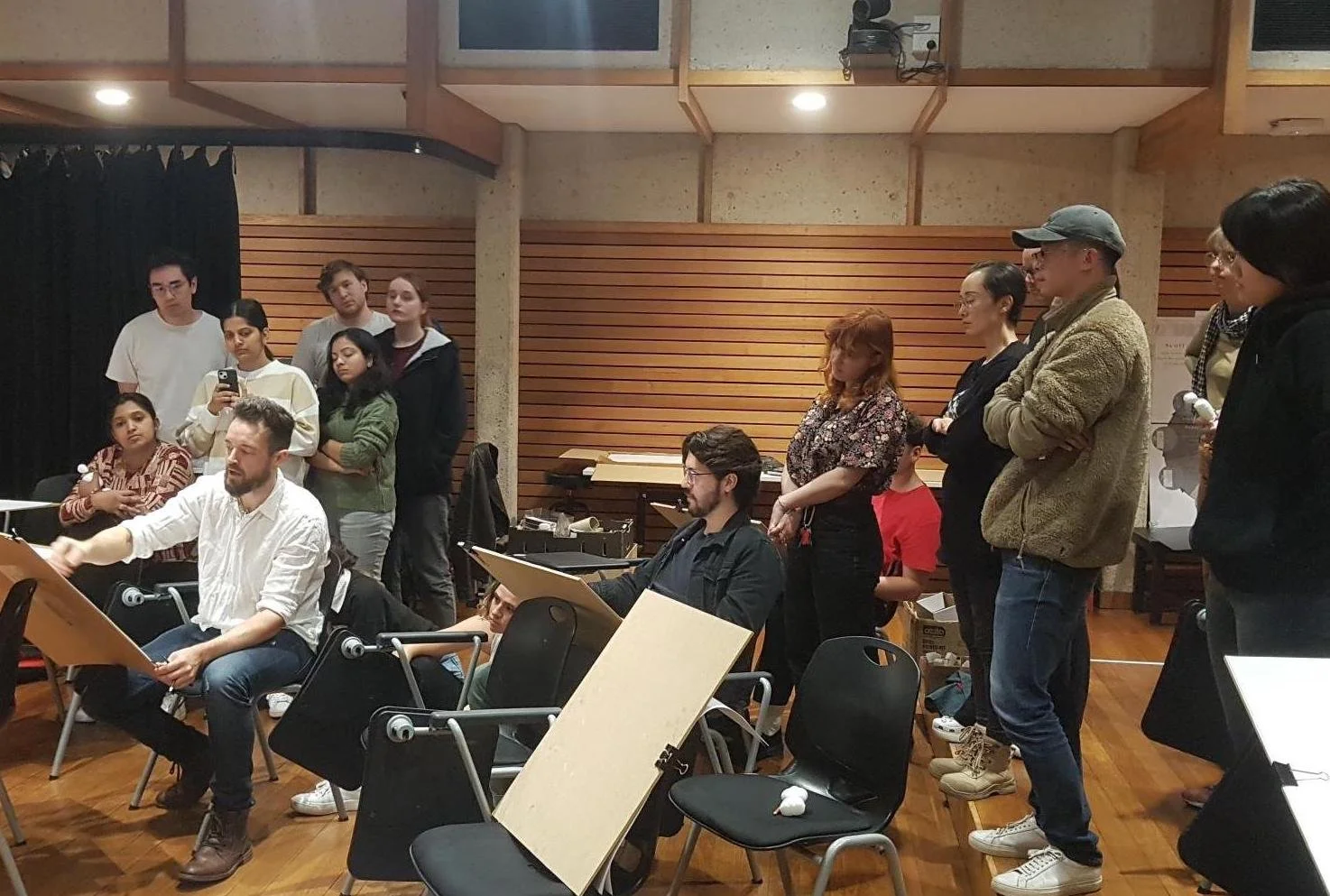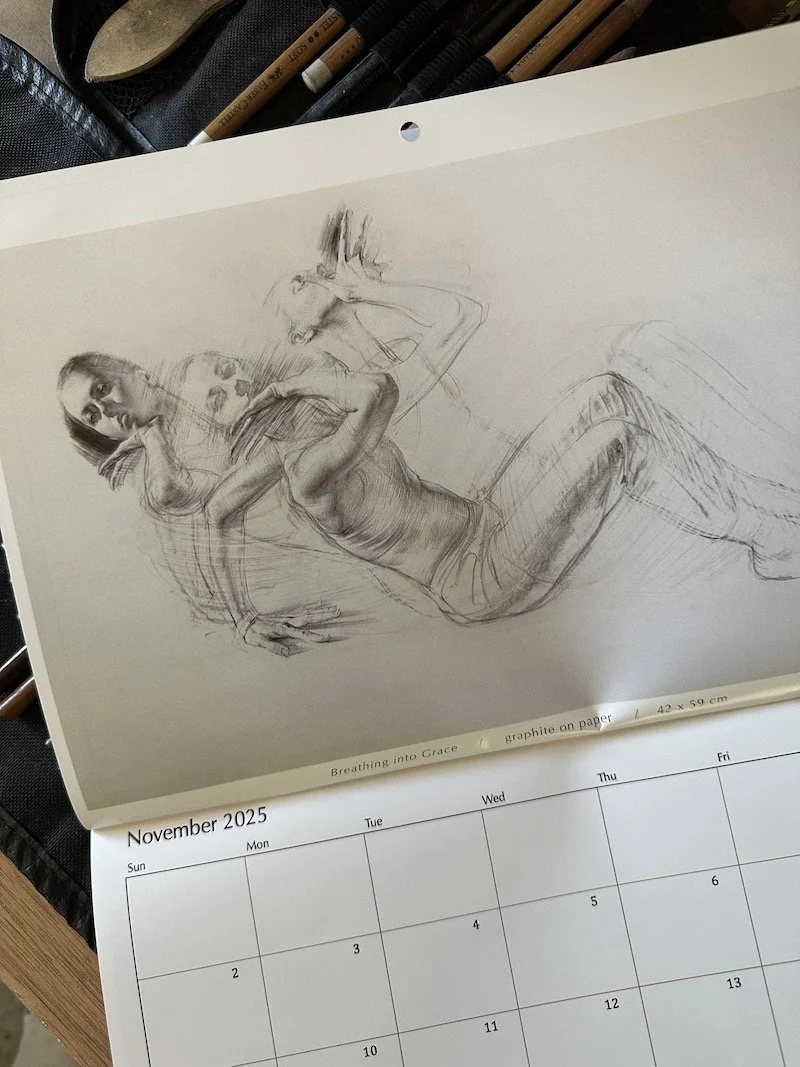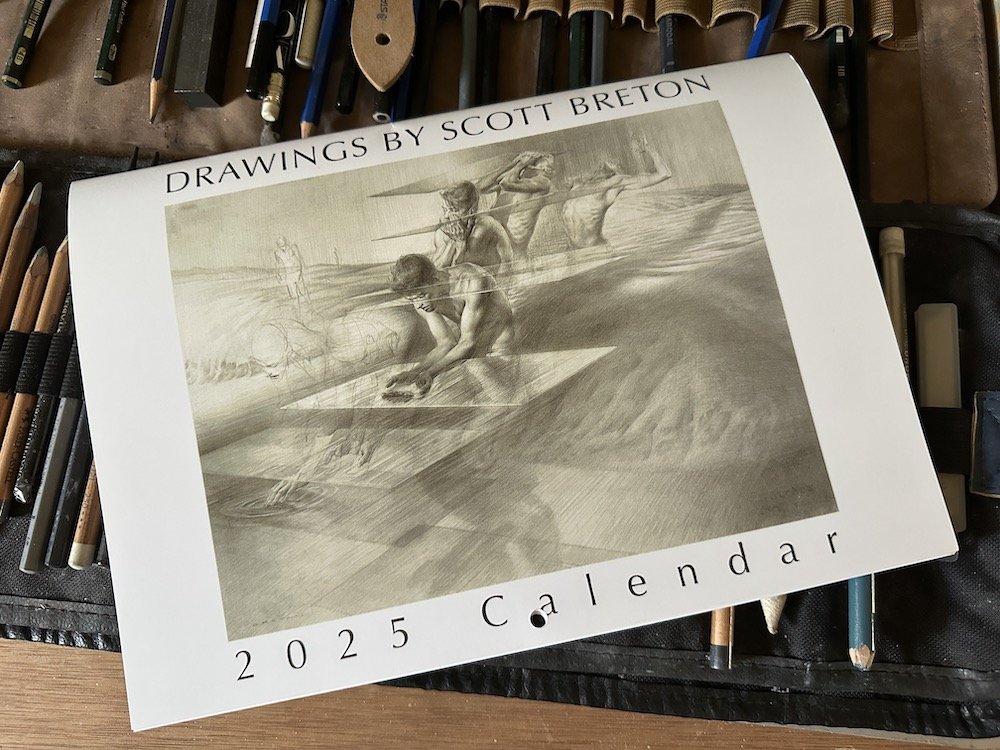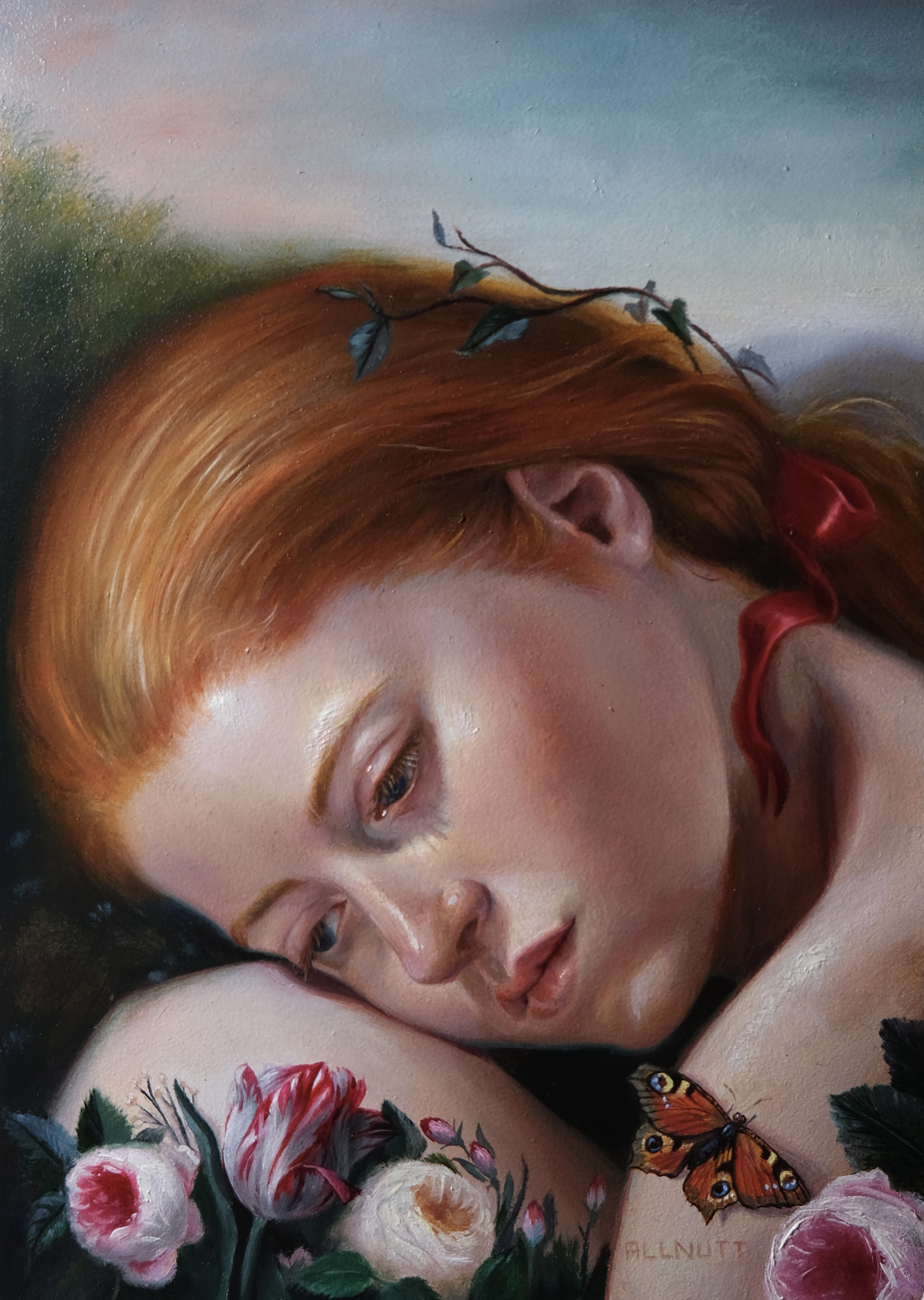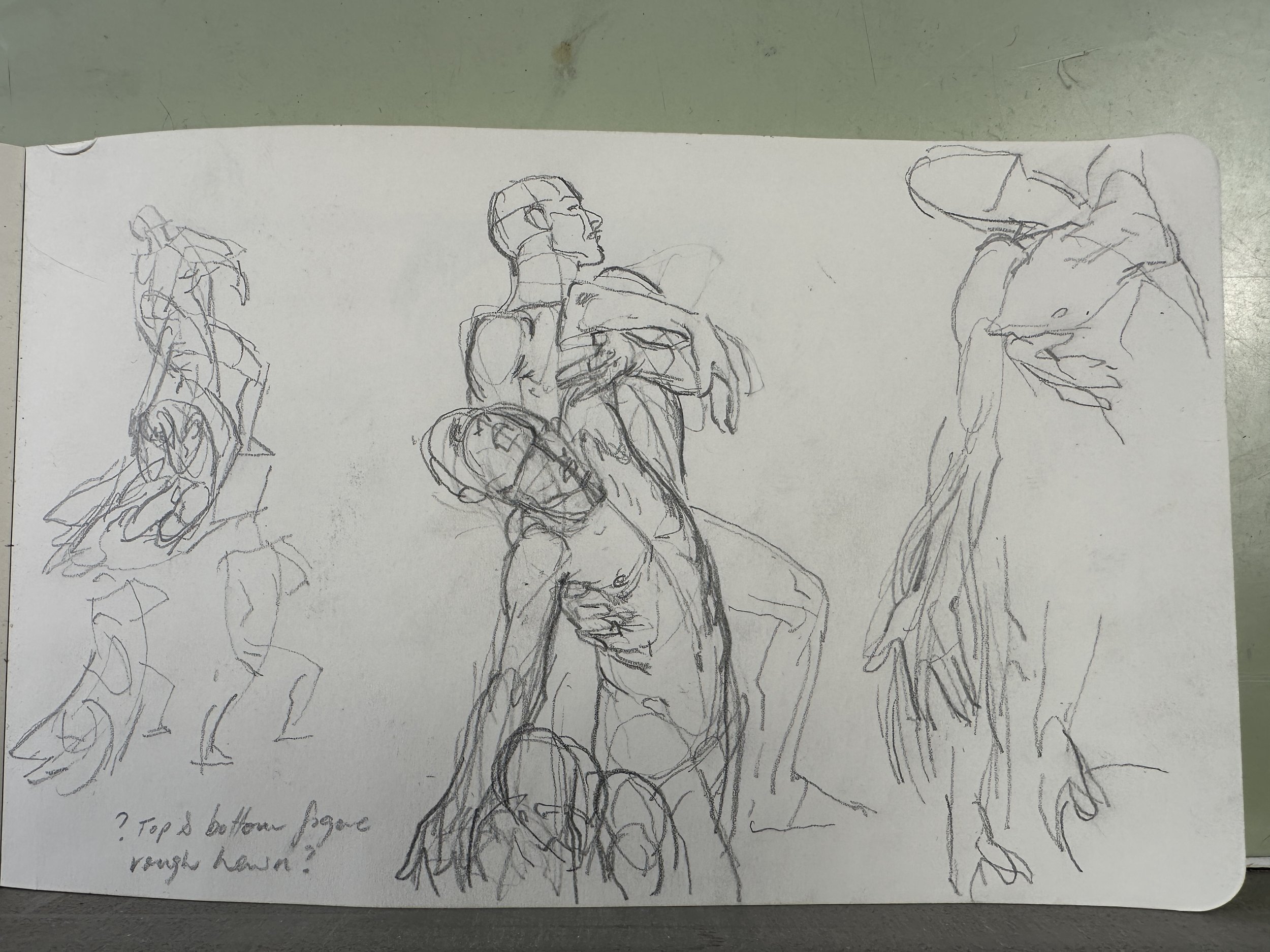In conclusion
Whether or not we work together, I hope this has offered something—a sense of companionship, or encouragement, or a small light in the dark.
Every time you throw your lifeforce into the void, despite everything, you redeem something—not only for yourself in that moment, but perhaps, quietly, gradually, for the world.
Google reviews from my students:
“Scott is an exceptional artist and teacher. His courses walk you through techniques and concepts that propel your painting, drawing and life drawing to next level again and again. I’ve attending his course multiple times and still learn more. The online materials are an excellent resource and reference additional to the in person learning. The activities focus on developing many important foundational skills (that are often forgotten or not taught in contemporary art courses) and lend themselves to enrich all kinds of contemporary and classical image making. This is combined with an approach to developing your own conceptual interests in image making. As a teacher he is warm and generous and offers clear, insightful guidance to improve your work. Very highly recommend!” -Saara
“Fantastic course- the best i have come across for life drawing.. I really enjoyed it. Scott has structured the sessions really well, with excellent supporting notes and lots of guided practice in class. I will definitely be doing the class again later in the year. Thanks Scott. 😍” - Sangeeta
“Scott's Figurative Composition course is brilliant. Scott is an excellent teacher with a wealth of knowledge, skills and expertise that he has internalised and shares generously and encouragingly with all his students. His online notes are extensive, well developed and thought through and his constructive criticisms invaluable. I have learned so much through Scott and am eternally grateful. I would recommend his classes in figurative composition and life drawing to anyone.” - David
“Scott Breton has put a huge amount of effort and knowledge into his figurative composition courses. Online access to his historical research, colour theory, compositional techniques are all provided as part of this course. I admittedly had to come to grips with a lot of new terms but that is because I find art theory challenging. It was intense at times but the full afternoons with long pose models was fabulous. I now have guidelines for future study, practical direction and a new way of looking at line and colour harmony. Great teacher, quality program and fabulous models. Wonderful course that I will continue to reference over time.
Note: I probably wouldn’t recommend this specific course for a beginner as a base knowledge of the fundamentals is a benefit. However, Scott goes out of his way to direct anyone floundering.” -Robyn
“Scott is a really talented artist and excellent teacher. I feel lucky to have been able to do some classes with him, I learned a lot.” - Mikhala
“Scott is a fantastic teacher. Understands the figure deeply and carefully walks his students through each step in their figure drawing journey. Is able to engage with students at all levels. I learnt so much from his classical life drawing course and would highly recommend him to anyone looking to further their figure drawing skills. So much gratitude :)” - Abbie
